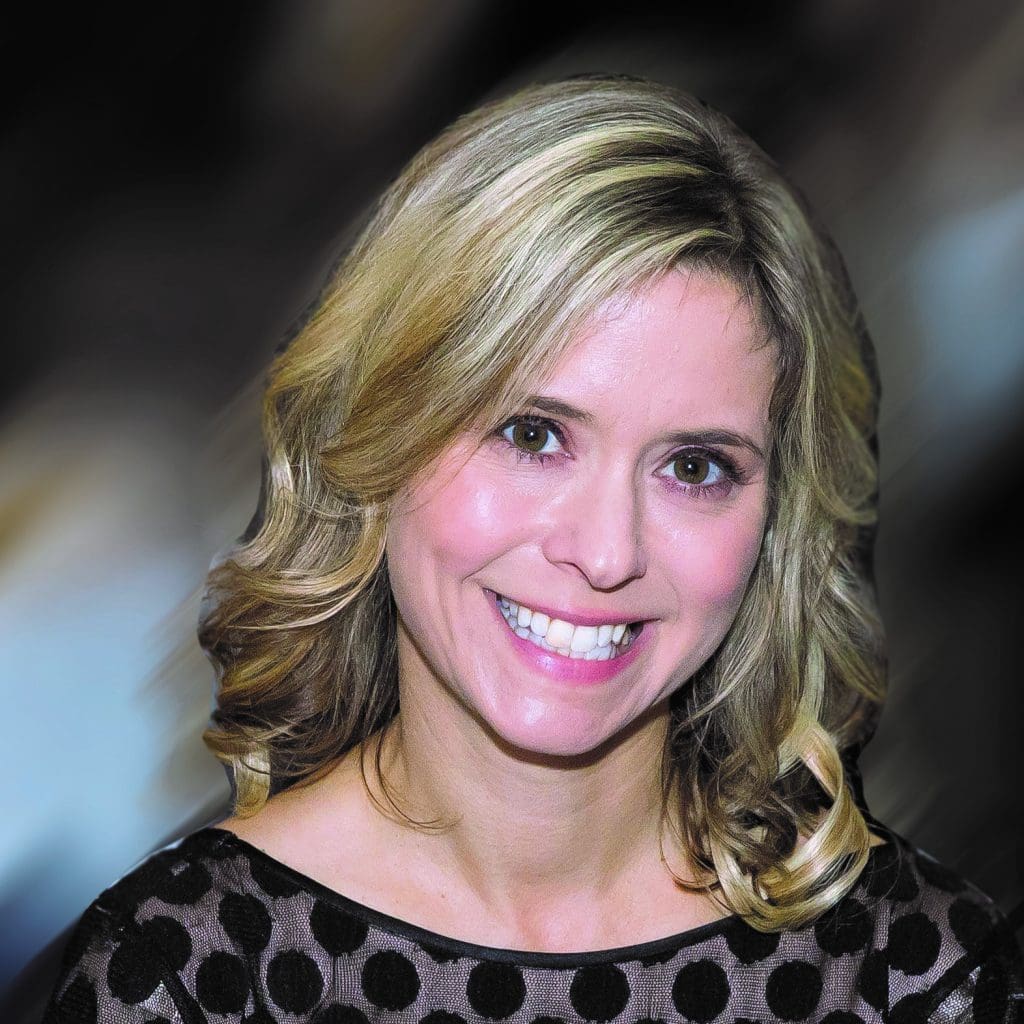For many years prior to the great recession, astute HR leaders knew the positive impact that employee rewards and recognition could have on their ability to improve employee engagement, retention, and cultural alignment. Although their efforts often took a backseat to other initiatives during the economic downturn, recent research now shows three-fourths of all U.S. businesses use non-cash rewards and recognition to motivate their core constituencies, and that these businesses conservatively spend almost $77 Billion annually[1] on these efforts. Additionally, multiple management consultancies now incorporate rewards and recognition into their advisory services and continuously find them to be top levers for increasing engagement metrics and retention scores.
What forces have collided in the new economy to garner rewards and recognition national attention across a broad spectrum of management, consulting and HR disciplines? What trends exist to guide future efforts? The Incentive Research Foundation, a nonprofit dedicated to research and education on the topic of motivation in the workplace, has spent over two decades tracking down the answers to these questions. And interestingly, the new economy has proffered some intriguing dynamics in this arena.
The Power of Non-Core Job Roles
First, the structural change of the workforce itself has helped drive employee rewards and recognition to center stage and garnered more CEO focus. As we discussed in our last trends paper[2], for the first time since industrialization, CEOs are now faced with a smaller Gen-X talent pool, behind Baby Boomers. This is forcing management to retain as many top performing Boomers for as long as possible and simultaneously “train up” Millennials at a much faster rate than in the past. It is easy to see why PWC found that over 90 percent of CEOs[3] said they either need to or are already changing their attraction and retention strategy.
Additionally, winning businesses in the new economy increasingly require a workforce focused not only on core job roles, but also on a myriad of non-core job roles such as customer advocacy, wellness activism, internal training, process innovation, cultural ambassadorship, and the like. Compensation systems are simply not flexible enough to deal with the agile needs of motivating these various non-core job roles. Couple this with Dr. Theresa Welbourne’s recent findings on the lack of consistent definition and drivers in the continuously emerging “employee engagement” movement, and it is easy to see how these types of tools can help answer: “Engaged In What?”[4] Rewards and recognition systems have long been a go-to tool for directly tying employee behaviors to desired outcomes. The key is in defining and prioritizing these roles – an important step organizations often skip. Dr. Welbourne’s work shows examples of how companies can do a better job of defining employee’s non-core job expectations and focusing rewards and recognition to help motivate these essential behaviors, in turn codifying these integral precursors of an agile company’s success.
Meeting Human Drivers Through Recognition
Both employees and organizations stand to gain a great deal from this positive movement. First, rewards and recognition offer organizations the opportunity to meet all four of the innate human drives outlined by Nohria and Lawrence[5] in a single interaction. If done correctly, a recognition experience allows employees to acquire status (and potentially material goods), bond with their colleagues, learn what is important to the organization, and defend their naturally held belief that they are good at their jobs and chose the right career path. Research has also shown that organizations win as well. Organizations that provide non-cash rewards and recognition had an average year-over-year annual corporate revenue increase of 9.6 percent versus 3 percent for all others.[6] In fact, Best in Class companies (those with statistically higher customer retention and sales growth) were 11 percent more likely to offer verbal praise, 90 percent more likely to offer public recognition, and 95 percent more likely to offer peer-to-peer recognition for progress towards goal versus all other organizations.
Growth and Stabilization of Program Budgets
What other trends will follow? Our most recent pulse study[7] of almost 200 reward and recognition planners showed that the biggest trend right now is the growth and stabilization of program budgets. As many as 65 percent of those running reward and recognition programs will be increasing their budgets in 2016. When the outlook on the economy is positive, our data has consistently shown the investments into reward and recognition programs will follow suit. This is evident in per-person spending. Average budgets for incentive travel programs now range from $2,000 to $4,000 per person and merchandise and gift card programs now invest $100 to $500 per person on average.
The Importance of Measurement
Measurement remains an important part of these programs as well. The vast majority, of program owners (72 percent) in our recent survey said that they measure their incentive and recognition programs on an annual basis or multiple times during the program. They also use multiple metrics with over 50 percent of respondents saying they use results assessments (return on investment, return on objective, etc.), participant feedback or budget achievement to measure their programs.
Social Media and CSR as Enhancements
Social media and corporate social responsibility (CSR) will also continue to expand in reward and recognition programs. Driven primarily by an interest in engaging Millennials, social media and CSR again rose to the top as popular enhancements to incentive and recognition programs. Heading into 2016, we see over half of the market using social media to enhance their programs, over 40 percent integrating corporate social responsibility or point systems, and over 30 percent using game mechanics and techniques.
Moving Forward
As the economy grows and changes, so will the workforce. Businesses will continuously be challenged to augment standard compensation frameworks and their Total Reward Strategy with tools that map to the agile needs of both the organization and employees. The growth in employee rewards and recognition is reflective of this need. Likewise, the expansion of social media, CSR and gaming elements within these programs are great examples of how organizations are altering the programs to meet dynamic employee interests. Sum total, there is a positive outlook for not only the use of employee rewards and recognition as an integral part of business, but also for ever-changing programs that engage employees.
References
[1] http://theirf.org/research/2013-incentive-federation-incentive-market-sizingstudy/44/ [2] http://theirf.org/research/2014-trends-in-engagement-incentives-andrecognition/102/ [3] http://www.pwc.com/gx/en/services/people-organisation/publications/ceosurveytalent– challenge.html [4] http://theirf.org/research/engaged-in-what-part-4—role-theory-to-linkengagement– and-performance/1314/ [5] http://hbswk.hbs.edu/item/driven-how-human-nature-shapes-organizations [6] http://theirf.org/research/rewards-and-recognition-as-a-vital-compensationcomponent/193/ [7] http://theirf.org/research/irf-fall-pulse-survey-2015/1571/ [7] http://theirf.org/research/irf-fall-pulse-survey-2015/1571/













